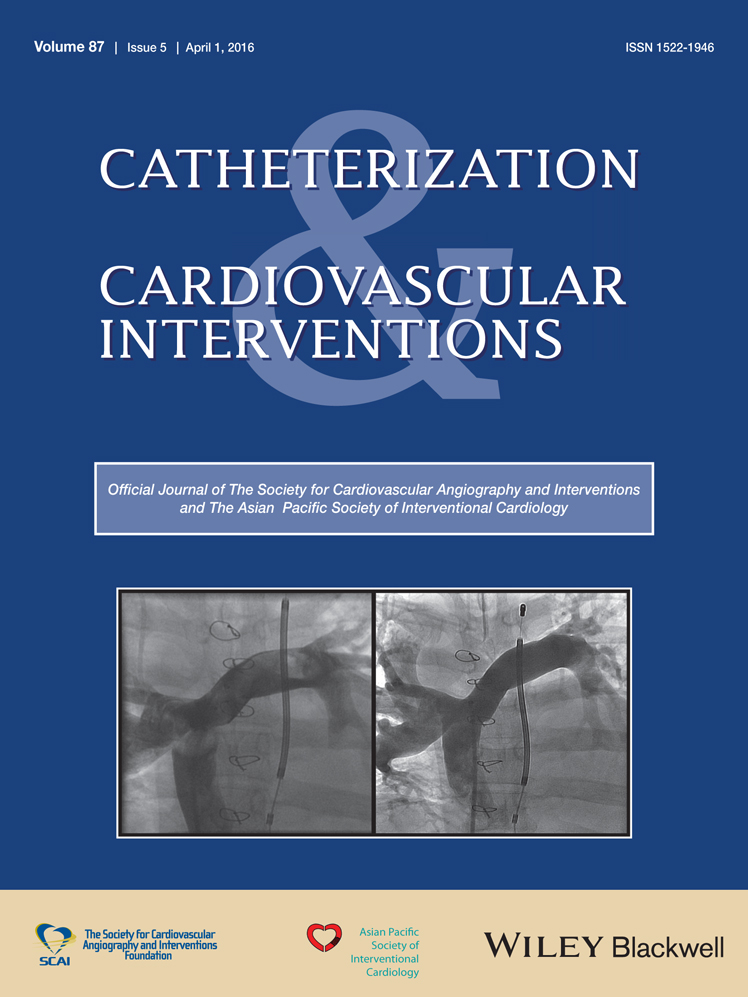Goose-neck snare-assisted transcatheter ASD closure: A safety procedure for large and complex ASDs
Conflict of interest: Dr Butera and Dr Carminati are proctors for St.Jude. Dr Basile and Dr Lovin have no conflicts of interest to declare.
Abstract
Objective
To report on a new technique that increases the safety of percutaneous atrial septal defect (ASD) closure using a goose-neck snare system.
Background
ASD transcatheter closure is a widespread procedure. However, in some cases, ASDs may be large and with soft rims. In these situation, a potential risk exists for device malposition or embolization.
Methods
When transesophageal echocardiography (TEE) evaluation and balloon sizing showed large defects with floppy rims the chosen Amplatzer device was implanted in a standard way. In large defects with floppy rims, before release a 5-mm goose-neck snare with its 4 Fr catheter was placed across the delivery cable and fixed to catch the screwing mechanism of implanted Amplatzer device. The delivery cable was unscrewed and the device reached its final position without any tension. If the position was considered satisfactory the device was released from the goose-neck snare.
Results
Thirteen patients had a snare-assisted ASD transcatheter closure. Median device size was 24 mm (range 14-38 mm). Retrieval or repositioning of the device using the goose-neck snare was performed in four cases: in three patients, because of device malposition after delivery cable release and in one patient, because of unsuitability of closure of a second significant defect. Furthermore, in two subjects with multiple ASDs, a second fenestration looked quite significant with the device still attached to the delivery cable while it appeared smaller after release.
Conclusions
Snare-assisted Amplatzer ASD device placement is a new method for ASD percutaneous closure and adds safety to the procedure. © 2016 Wiley Periodicals, Inc.




